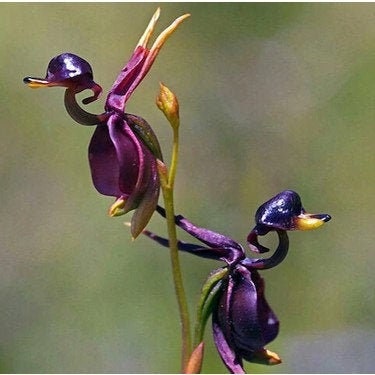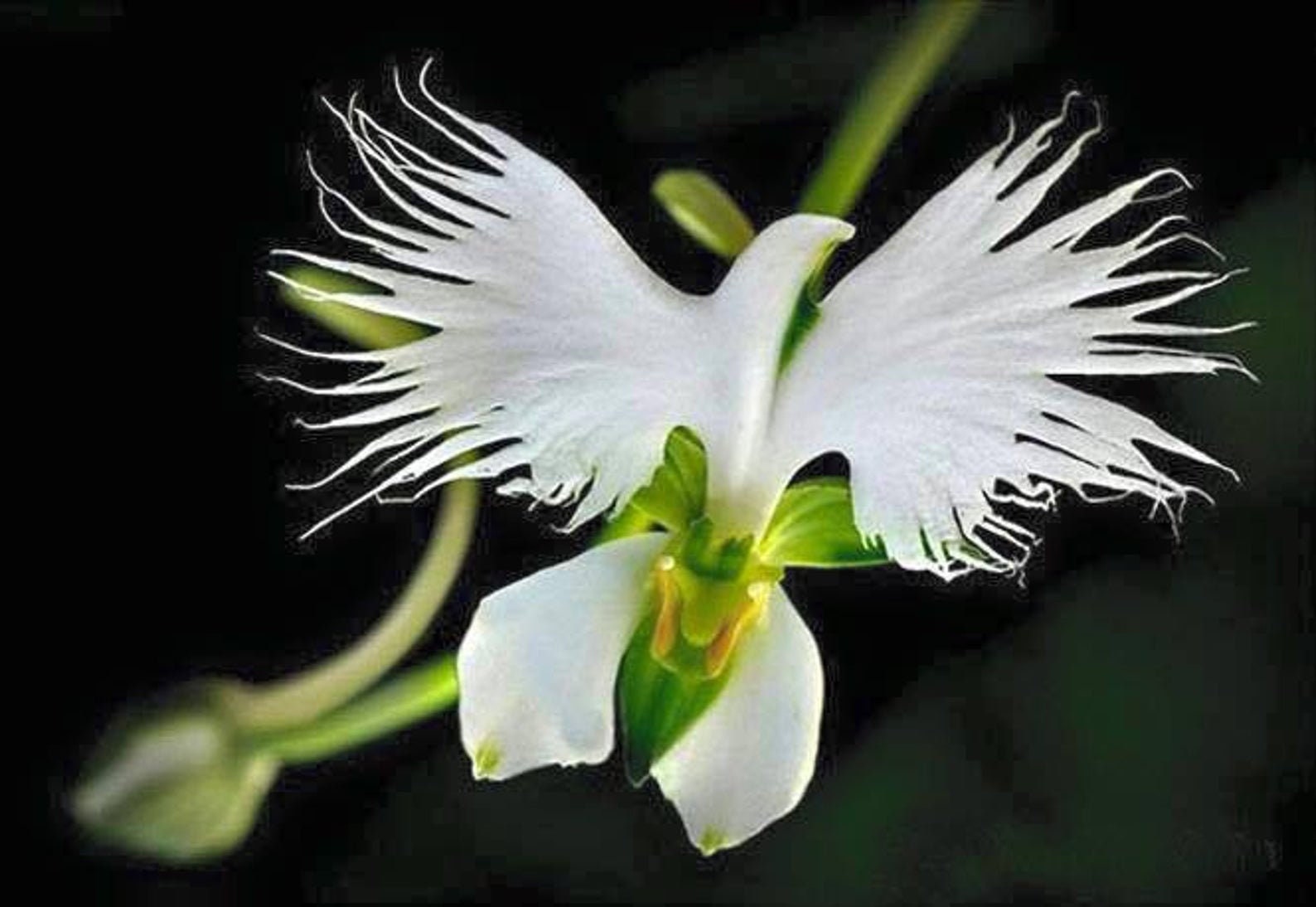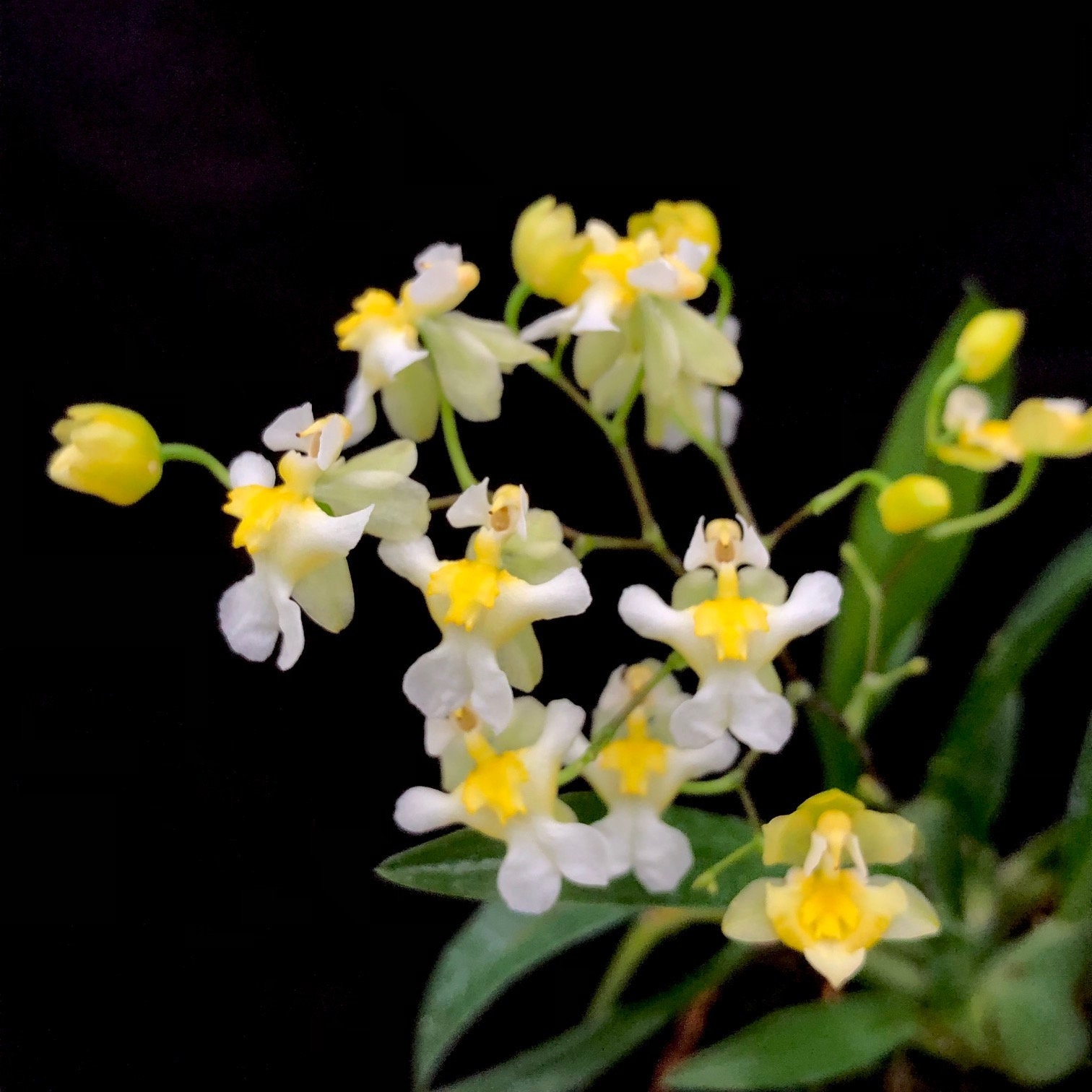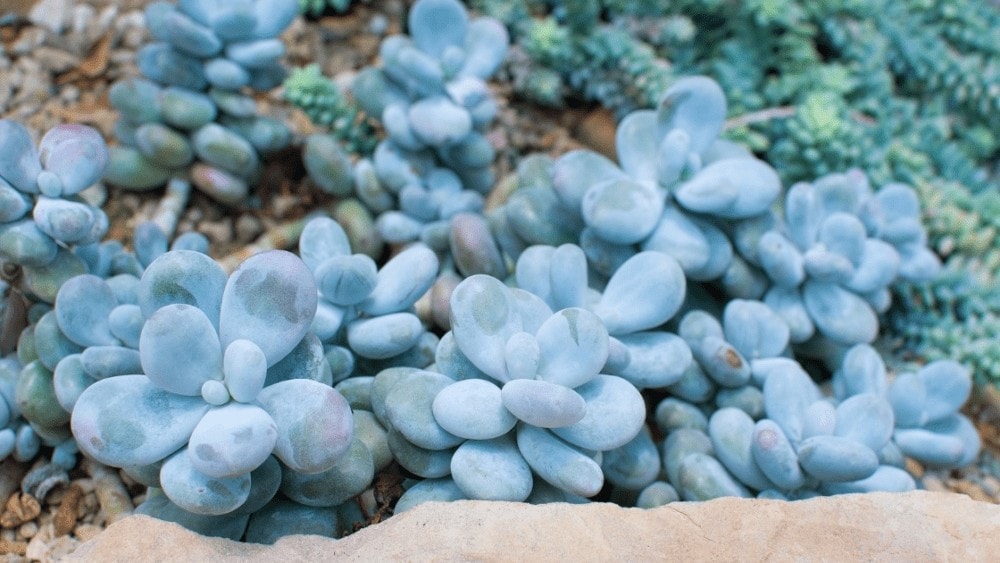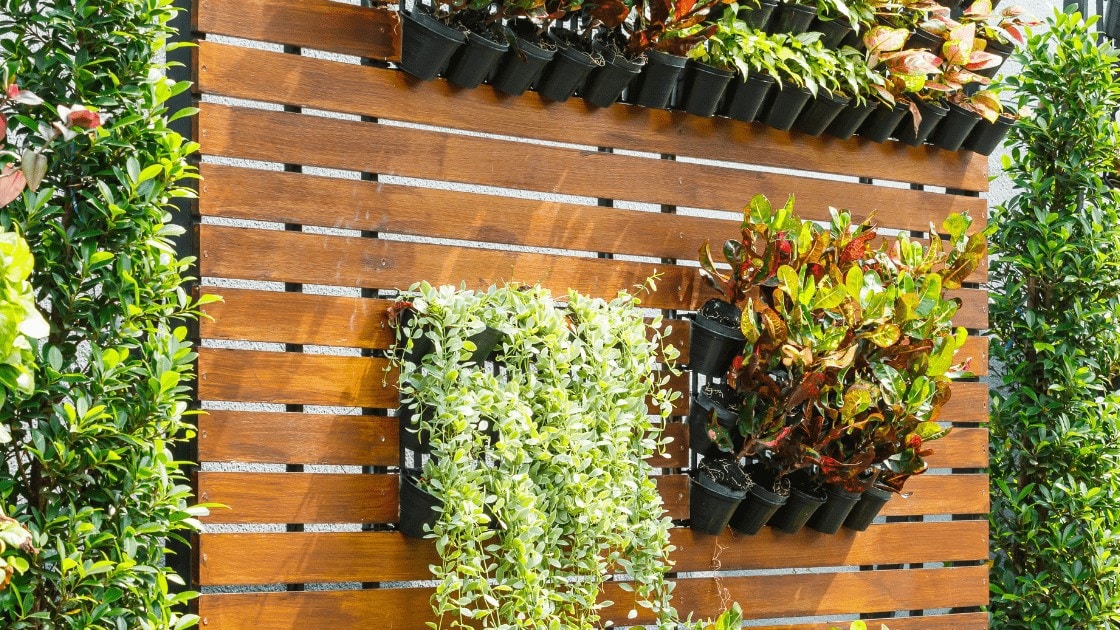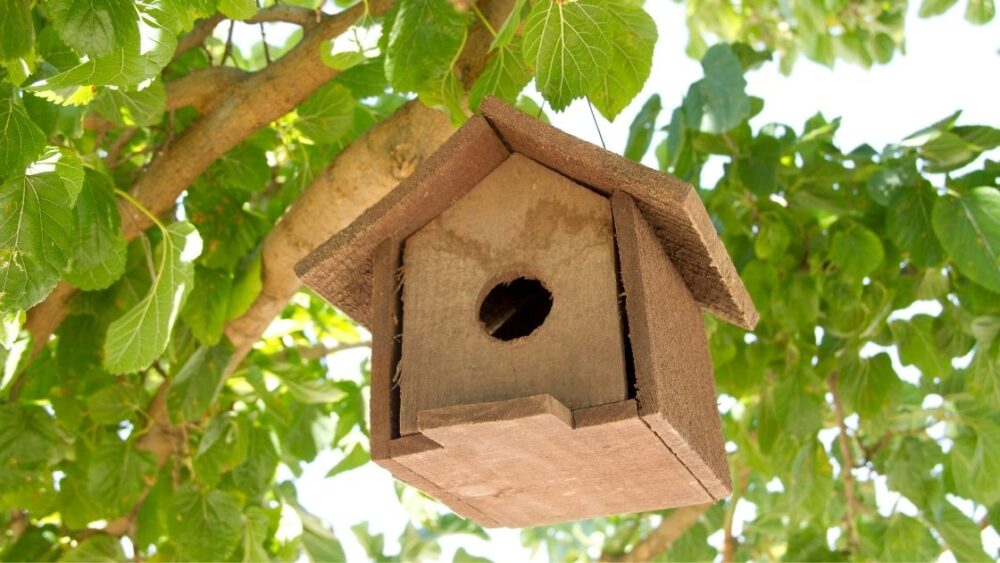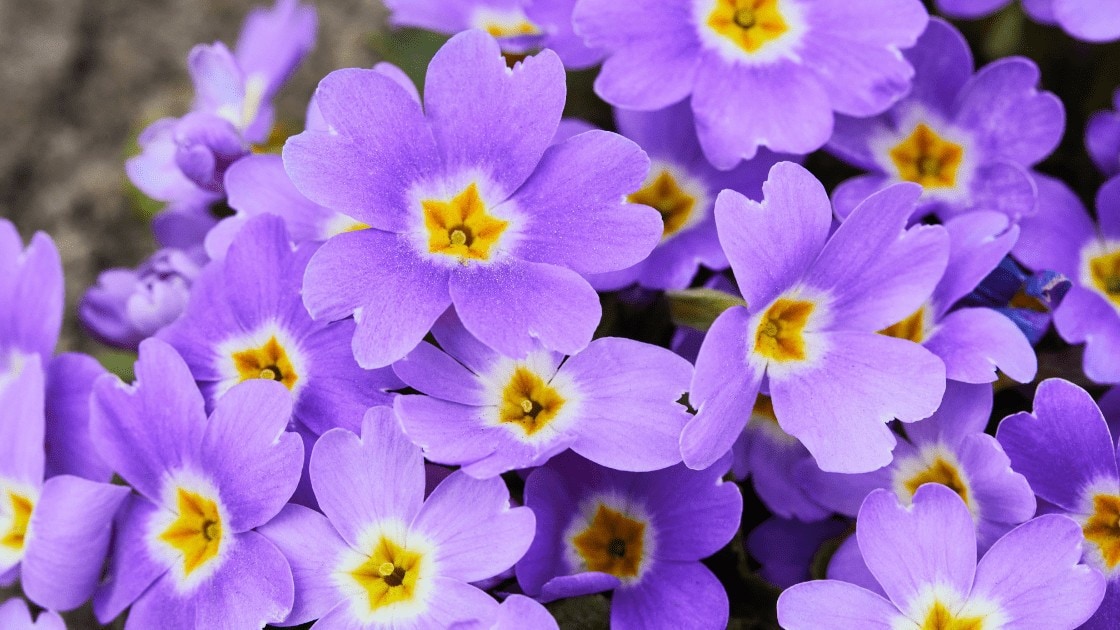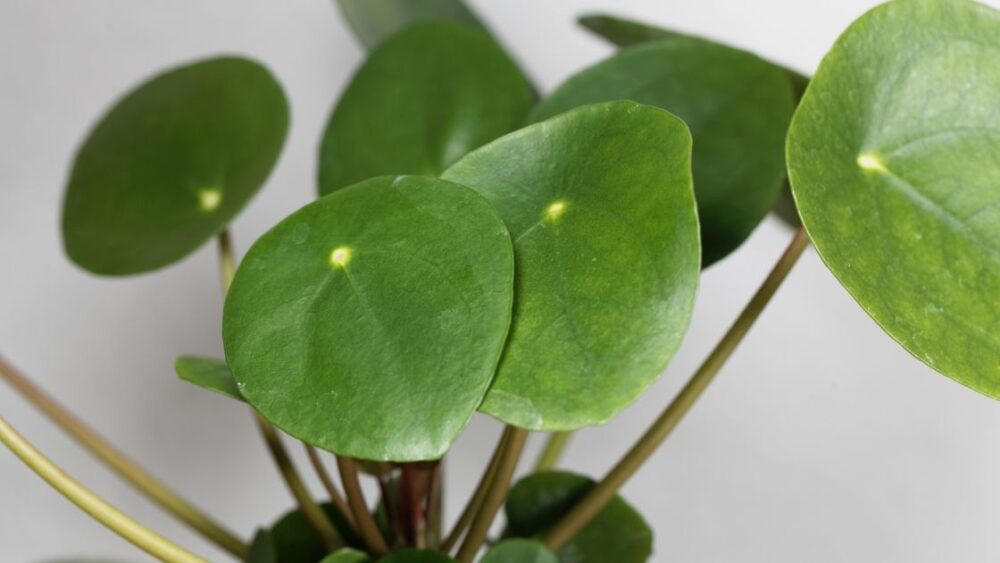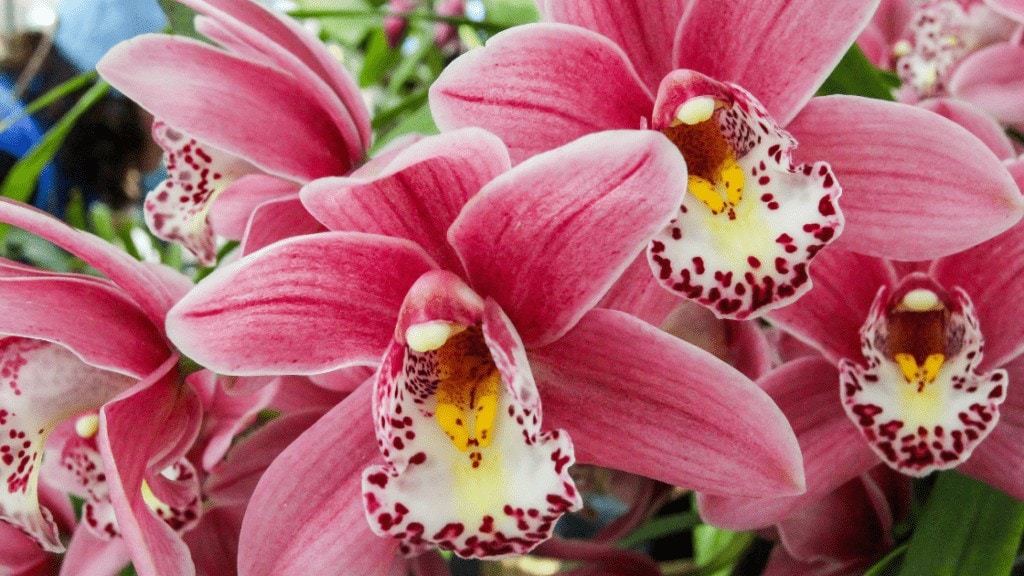
The Orchids, that great unknown of gardening that we all wish to have adorning our living rooms but that few of us know how to take care of. It is impossible for an orchid to remain beautiful and healthy forever? Of course not, but it requires a lot of effort and love, that’s for sure.
If you thought that all houseplants had the same maintenance system simply because they live in the same environment, you are absolutely wrong. Each plant, depending on its species and its natural place of origin, has its own care and the Orchid is no exception, since it is a beautiful flower that will need a lot of pampering to survive by our side.
Many people desperately seek help because they have found their dying Orchid and have no idea how to save it. This does not have to be very difficult, since the key to recovering the health and beauty of our Orchid is to find out early where the problem comes from. Once we detect the source of the problem, we can apply the pertinent solution quickly and get to check whether or not our care has any effect.
Browse our Affiliate Products
For this reason, and with the intention of helping all those inexperienced gardeners in search of solutions, we will now explain the main complications that Orchids may suffer and the best remedies that we can put into practice in each case in order to save them.
Do you always want your Orchid to look healthy and beautiful ?
Read On!
Orchid With Root Rot
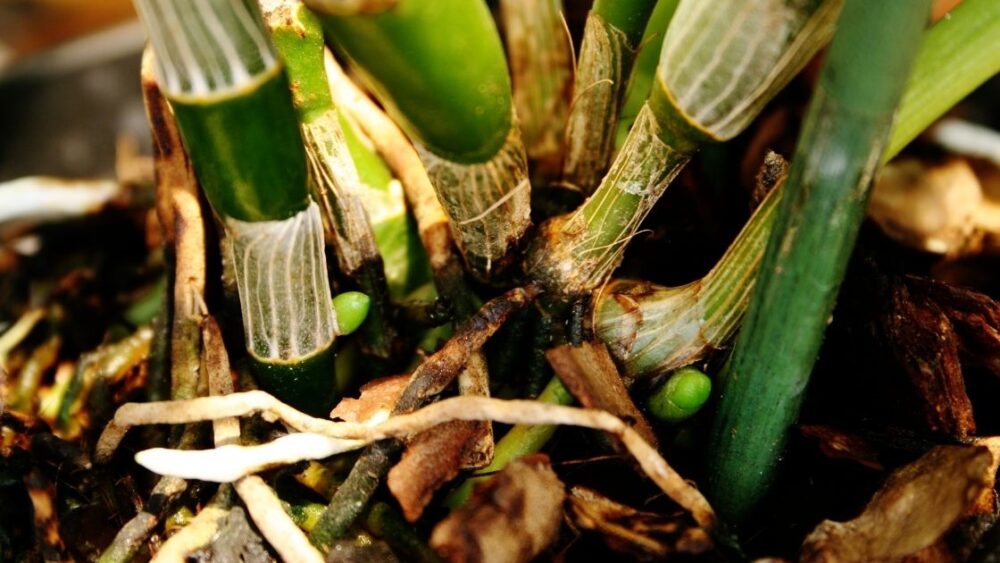
One of the main problems that many people usually observe in their Orchids is that their roots are starting to rot.
Question:
Does that mean I should get rid of the plant and go to the flower shop to get a new one?
Answer:
Of course not, rotting roots is a common problem but not too serious, so we can try to find a quick solution to remedy it.
The main cause of this is over watering of the plant, or simply having the roots of the plant in an excessively acidic and uncool environment that has caused it to rot in an accelerated manner.
This is a common mistake among beginners, so in order to find out if this is really the origin of the problem, you will only have to remove the orchid from the pot where it is placed and observe if the roots have acquired a dark and pasty tone; if so, you will be able to confirm your suspicions and act quickly to solve it.
The best way to tackle the problem is by releasing weight and leaving room for the new roots! Remove all the old and rotten roots from your orchid and quickly transplant it to a new, healthy and fresh growing medium.
Afterwards, if you want the remedy to be faster and more effective, you can also try spraying the roots with 3% hydrogen peroxide so that any bacteria or fungus present in them will eventually disappear.
Dehydration
The next most common complication when growing an Orchid is that it suffers from dehydration.
Dehydration can vary in intensity and in the way it manifests itself, ranging from very mild to a severe problem, but always with the same cause: lack of watering.
It is true that Orchids are not plants that like to be too wet, since they always need a drying process between their watering, but that does not mean that they do not need a constant dose of water to keep them always sufficiently hydrated.
Question:
How can I modulate the amount of water my orchid needs to avoid it becoming too dry?
Answer:
By being very attentive to the climate and the temperatures to which our plant will be exposed.
It is impossible to try to hydrate an orchid with the same watering routine of the winter months in the middle of summer, since the temperatures are very different and therefore our plant will also have different needs.
Symptoms
The most common symptoms that will indicate that our orchid is suffering from dehydration is to observe that its leaves are crumpling, dry, and that its growing medium is also too dry.
It is also possible, if we have the plant in a transparent pot, to observe that the roots of the orchid are starting to dry out without the need to look at anything else, and it is then a milder dehydration with an easy solution.
Sometimes, we might even notice that the orchid we have bought already has symptoms of dehydration and that its growing medium is very dry and has pieces of moss and bark that look bad, in view of which we will have to act quickly to try to save it and provide it with the right dose of water.
How to Rehydrate Your Orchid?
As the experts explain, the first thing we must do when we observe these symptoms is to take the orchid out of its growing medium and soak the roots abundantly under tap water.
By doing this we will be able to better observe which roots are still healthy and which are unsalvageable, having to quickly cut with sterilized scissors all those that are definitely dead.
After cutting all that is in bad condition, it is convenient to spray a little solution of hydrogen peroxide at 3%, to later replant our flower in a new fresh culture medium. Afterwards we will only have to water our plant as we usually do and wait to see the results of the treatment.
Rotten Crowns
Have you started to notice that your orchid’s crowns have black or yellowish petals, and that many of its leaves are falling off for no apparent reason? Perhaps what is happening to your plant is that its crowns are rotting due to water filtration.
Orchids, as strange as it may seem to you, do not grow upright in their natural habitat, but the other way around. Which is impossible to do when we want to grow this type of plant in a house and we need to plant it in an upright position inside a pot.
The problem of having to do this is the risks of overwatering the plant and the excess of water will leak into its crowns and that it will start to rot from the inside.
How to Remedy This Problem?
The fact that the crowns of an orchid start to rot is one of the most serious problems we can encounter, and it does not always have a solution, but we should not stop trying.
The first thing we can try to do is try to remove the excess moisture from the crown. With the help of a paper towel that we will fold previously to introduce only its tip in the crown and let it absorb all the water present in it.
It may seem a little elaborate, but the main problem of this disease is the presence of water inside your crowns and if we can remove it without having to resort to more severe methods, so much the better.
In the event that this does not work,
- we must remove the entire plant from its current growing medium, eliminate all roots and leaves that are in a state of putrefaction and spray it with 3% hydrogen peroxide.
- we must remove the entire plant from its current growing medium, eliminate all roots and leaves that are in a state of putrefaction and spray it with 3% hydrogen peroxide.
- we must remove the entire plant from its current growing medium, eliminate all roots and leaves that are in a state of putrefaction and spray it with 3% hydrogen peroxide.
- we must remove the entire plant from its current growing medium, eliminate all roots and leaves that are in a state of putrefaction and spray it with 3% hydrogen peroxide.
For more information on frequently asked questions on orchids, click here. Most Popular Questions About Orchids
How to Save an Orchid Without Roots?
Strange as it may seem, we can also grow an orchid without any roots. The key is to keep it in a fresh and humid environment so that it does not lose its vitality and can grow back strong.
But how?
Very simply, we will take our orchid carefully and put it inside a plastic container with a lid. This will create an ideal humid microclimate for the orchid and for its leaves to be able to absorb all the water present in the air in the container.
This and keeping it in a cool and airy place for a few days should be enough.
Sunburn
It is common for orchid leaves to burn and turn an unpleasant yellowish color if left in the sun when temperatures are too high.
This problem is not too serious, since it can be remedied by quickly taking the plant away from the sun for a few days and cutting the leaves that have been severely burned.
The orchids will only need to be kept in a very bright room, preferably on a windowsill, but never exposed directly to the sun’s rays during the main hours of the day. If we do this, we will get our plant to recover and its leaves to return to that beautiful green color that characterizes it.
Over-Fertilizing
There is a possibility that we have exceeded the doses of fertilizer we have been using on our orchid and that we have inadvertently caused its roots to burn out.
In order to remedy this problem,
we will only have to remove the excess fertilizer from the roots and renew the water in the growing medium so that the plant can breathe. However, in the case that the roots present a greater affectation, it will be necessary to retire all the roots in bad state and to replant a plant.
Drastic Temperature Changes
If you are an orchid lover you will already know that this plant is extremely sensitive and that it hates sudden temperature changes, both excessively cold and excessively hot.
The solution in both cases is the same:
relocate the flower to a place where it feels more comfortable and where it is not so exposed to the climatic changes outside, remove the roots and plants in poor condition and fertilize it.
Conclusion
In conclusion, owning an Orchid can be a great blessing or a real ordeal; it all depends on the climate in which we live and the care we give to our plant. All plants have their peculiarities, but we should not lose our patience and think about getting rid of them.
Plants, as well as orchids, are perfect life companions that will help us relax and extol the beauty of our homes, so it is worth trying to take care of them and follow all the tricks that professionals give us so that they can be kept in perfect condition.




